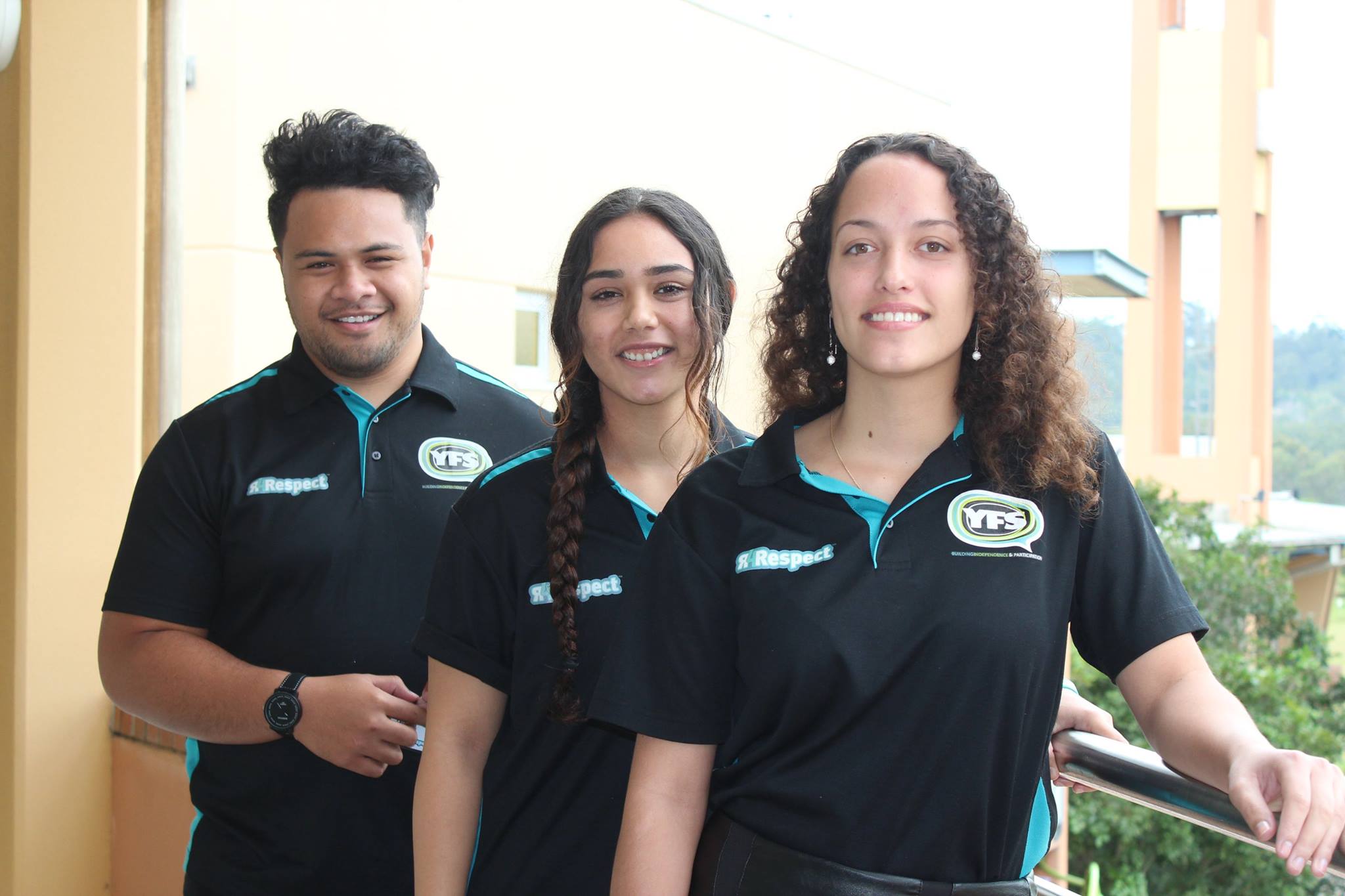Evaluating the impact of a youth-led domestic violence strategy is the focus of new research at Griffith University.
“Young people helping other young people build respectful relationships is a critical way of preventing violence against women in future generations,” says Alanah Dwyer, a youth ambassador for Logan-based youth-led violence prevention program R4Respect.
Also a Bachelor of Family and Child Studies student at Griffith, Alanah says the program delivers workshops to high schools around the district, creating awareness of the need for respectful relationships.
“It is amazing to see how these young people relate to us as other young people — just listening to them and what they have to say to us after our presentations is really eye opening and we feel we have achieved so much in raising awareness of the issues.”
R4Respect has now just received a $172,000 grant from Australia’s National Research Organisation for Women’s Safety (ANROWS).
A research collaboration
Led by Dr Karen Struthers and Professor Clare Tilbury from Griffith’s School of Human Services and Social Work, the research is a collaboration between Griffith, YFS Ltd in Queensland, and the Ruby Gaea Sexual Assault Service in the Northern Territory.
“These young people are doing so much to effectively engage in positive change that promotes gender equality and reduces the prevalence of violence against women,” says Dr Struthers. “Now we are aiming to further explore ways that this can be continued,” says Dr Struthers.
“Adopting an action research approach, the study will evaluate how R4Respect, a peer-to-peer respectful relationships program coordinated by YFS, influences the views of the program’s youth participants, the actions they take to build more respectful relationships, and the effectiveness of the peer-to-peer respectful relationships education model.
“We are really interested to see how the peer-to-peer education model with young people can differ from the traditional teacher to student model.”
